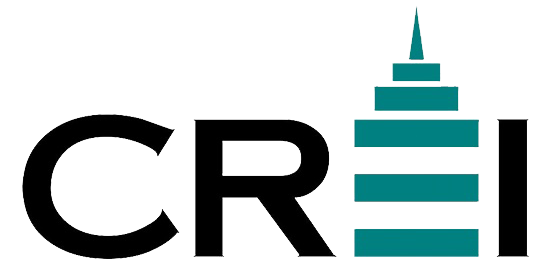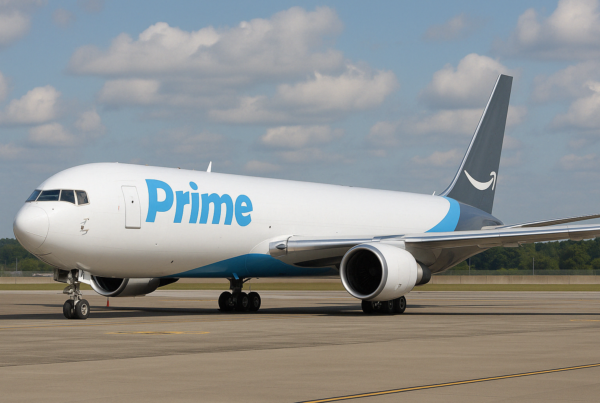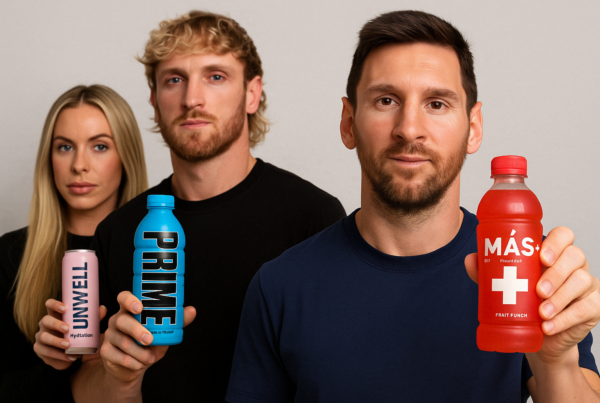Bringing a new beverage product to life is equal parts passion and precision. While flavor, design, and branding often steal the spotlight, the earliest and most critical decisions are made behind spreadsheets, consumer insights dashboards, and capital planning models. At CREI, we believe that a beverage brand’s financial destiny is shaped before the first bottle is filled. In this article, we break down the Ideation & Concept Validation phase from a financial consulting and accounting perspective—showing how smart operational design and financial modeling at this stage create long-term value.
Operational Building Blocks: Turning Vision Into a Viable Product
During the ideation phase, beverage entrepreneurs must begin translating their big idea into an operational roadmap. That means answering four fundamental questions:
1. What consumer problem are we solving?
-
Deep consumer insight research—whether via surveys, social listening, or interviews—anchors the product in real demand. Financially, this helps validate assumptions in TAM (Total Addressable Market) estimates and supports investment conversations.
2. What’s our brand positioning?
-
Are you the functional, high-performance player? The clean-label wellness darling? The nostalgic indulgent throwback? Positioning isn’t just marketing—it drives packaging cost, price point, and sales channel decisions.
3. What is the basic formula direction?
-
At this stage, R&D is preliminary—but flavor profiles, ingredients, and regulatory considerations all influence early COGS forecasting. For instance, choosing organic adaptogens over artificial sweeteners doubles your per-unit cost.
4. What is our primary route to market?
-
DTC, retail, or foodservice channels have vastly different implications for margin, cash flow, and fulfillment complexity. Choosing early allows better financial scenario modeling for pre-seed funding.
Financial Architecture: Designing Before You Build
1. Pre-launch Budgeting
-
You need to create a 12–18 month burn plan covering R&D, packaging design, pilot runs, legal fees, digital presence, and initial inventory—all mapped to key milestones that unlock funding or traction.
2. COGS Forecasting
-
Even at ideation, you must build a detailed Bill of Materials (BOM): bottles, labels, ingredients, labor, fulfillment, and shrinkage. This will determine your gross margin and ultimately investor attractiveness.
3. TAM/SAM/SOM Analysis
-
Using a combination of industry databases, retail sales benchmarks (e.g., SPINS, Nielsen), and bottom-up forecasting, we validate market size from both a top-down and operational lens.
4. Pre-Seed Fundraise Preparation
-
At this stage, founders need a compelling yet disciplined investor narrative. That includes a pro forma P&L, 3-year financial forecast, use of funds, and a credible path to scale.
Final Thoughts
The beverage space is crowded, but every dominant brand today once stood where you are—armed with a compelling idea and little else. The difference between those who scale and those who stall? Financial clarity from day one.



